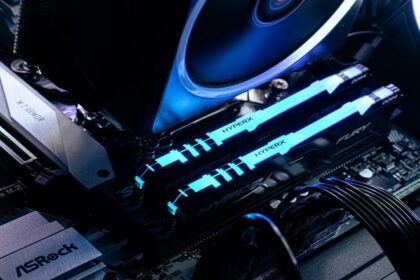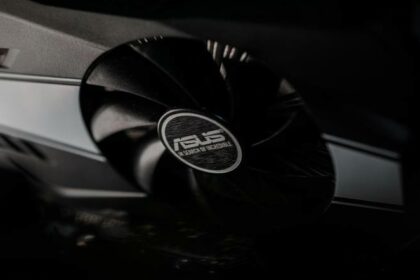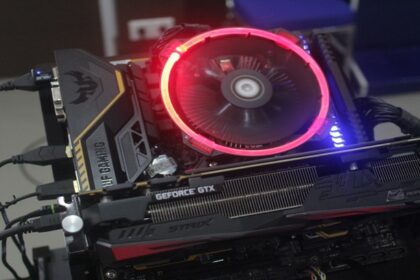Initializing an SSD is the first thing that you should do when you purchase a new drive. Without initializing, you will be unable to partition the SSD and begin using it.
During initialization, the drive is partitioned according to a certain file format. This file format is used by your PC to write and read data onto the drive. As such, you will not be able to properly use the SSD unless you initialize it.
Luckily, initializing an SSD is not a complicated process and will only take you a few minutes. Here, we will show you how to initialize an SSD using the easiest method available.
Things to Know Before You Initialize an SSD

SSDs are very common nowadays due to the major advantages that they have over HDDs. Many people prefer to use an SSD and HDD together to get the best of both worlds. However, before an SSD can be used, it must be initialized.
There are two instances where you will need to initialize an SSD. Either you are building a new PC and want to install the OS on the SSD, or you bought an additional SSD and want to begin using it with your current build.
It is also possible that you want to change the file format of your drive. Whatever the case may be, just remember that initializing an SSD will format the drive completely, and any data that you previously had on it will be lost.
Initializing an SSD When Installing the OS
Initializing is not a problem when installing the OS. If you have a new SSD and you begin to install the OS, the setup wizard will automatically initialize the drive for you.
When initializing, you will be asked to choose the file format. While the file formats vary depending on the OS you are installing, the two most common ones for Windows users are Master Boot Record (MBR) and GUID Partition Table (GPT).
Without going into all the boring details, GPT is almost always better. MBR is an older system that has a lot of limitations (such as the maximum usable size of the drive being limited to 2 TB). However, MBR is sometimes used by people that want legacy software compatibility. Unless you are aware that you need an MBR file format, you should opt for GPT.
When installing the OS, the installer will first initialize the disk according to the file format you desire, and you will then be able to set up the partitions according to your liking.
Initializing an SSD Using Disk Management on Windows

If you want to initialize an SSD and you have access to a PC, you can do so using Disk Management. Disk Management is a utility that is available on any Windows computer. It can be bought up by searching for ‘Disk Management’ in the start menu, then clicking ‘Create and format hard disk partitions’. Of course, you first need to plug in the SSD to your PC, so make sure you have an additional slot on your motherboard where the SSD can fit.
Once you have opened Disk Management (right-click and open it as administrator), you need to make sure that the SSD you want to initialize is online. Click on the drive and check its status. If it is offline, right-click the drive and click ‘Online’.
Now, once again right-click the drive and select the option ‘Initialize Disk’. Once the menu opens, choose the file format that you want, and begin initializing the disk. Once the process is complete, you will be able to see the entire capacity of the drive appear as ‘Unallocated’ in the Disk Management utility.
Now, all that is left for you to do is to partition the SSD and begin using it.
Conclusion
PC gaming is not all about having the fastest CPU and GPU. A lot of small changes can end up having a big impact. For example, an SSD can drastically reduce the load times on your games, whereas dual-channel RAM is compulsory if you want to extract the maximum performance from your system.
We just went through how to initialize an SSD when you first begin using it. If you take good care of your SSD, it will last a long time and won’t show signs of SSD failure for years to come.






